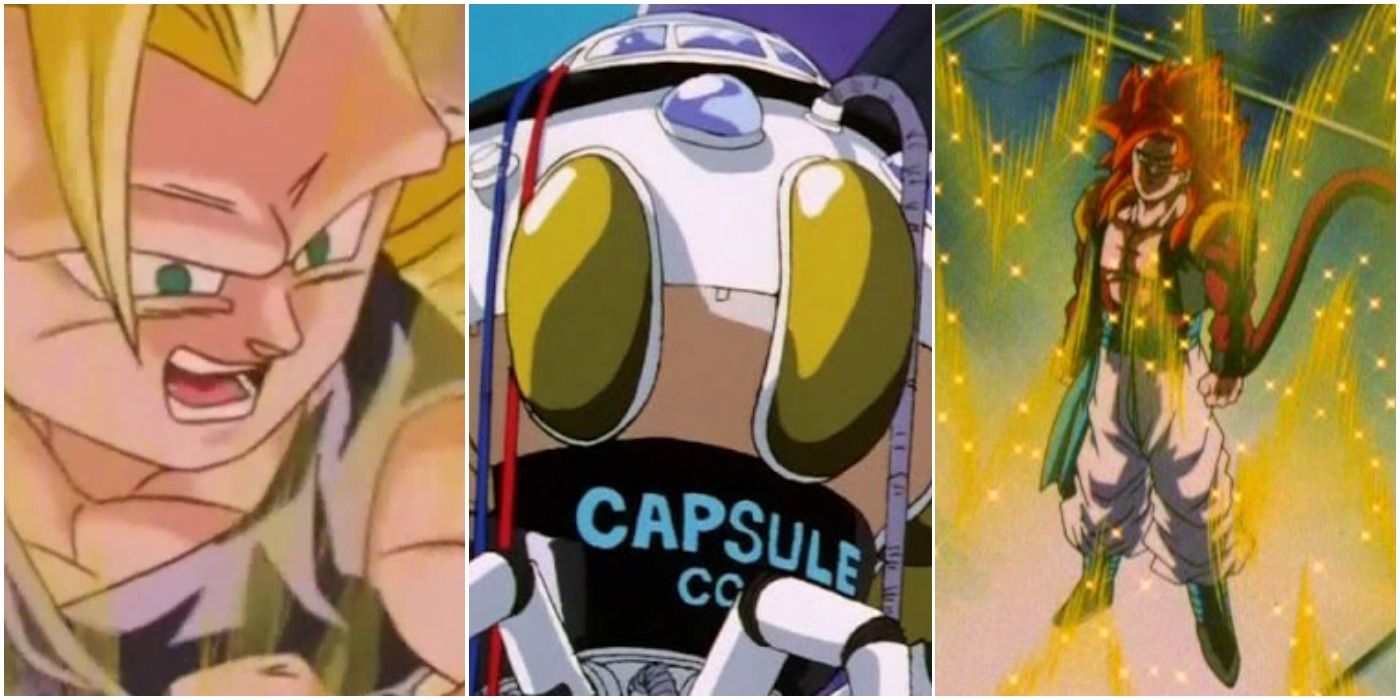
There are few anime that have reached such universal acclaim as the Dragon Ball franchise, and its popularity has led to some interesting projects, including Dragon Ball GT. Akira Toriyama’s Dragon Ball series tells a cohesive narrative that chronicles Goku’s growth as well as this generation of heroes getting ready to pass the torch over to the new batch.
Dragon Ball has figured out how to change with anime’s evolving sensibilities, but that doesn’t always mean that a new Dragon Ball series connects with its audience. Dragon Ball GT is a sequel anime series that follows Dragon Ball Z, and it proudly advertised itself as a return to some of the original Dragon Ball’s sensibilities, but there’s also just as much present that totally abandons what the first series establishes.
10 It Makes Goku In Charge Of The Next Generation
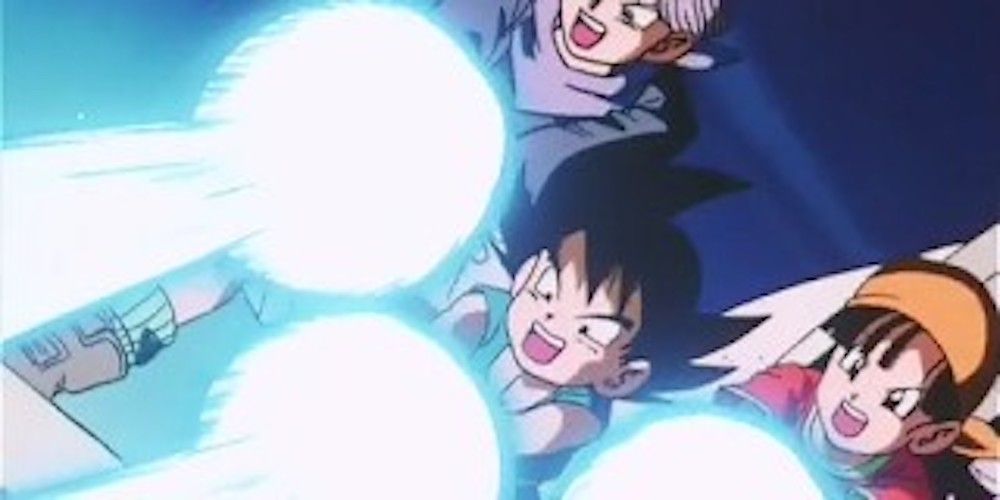
One of the more endearing aspects of the original Dragon Ball series is that Goku is far from an expert when it comes to combat or the powers that lie dormant in him. Goku grows progressively stronger over the course of the series, but he’s always under someone else’s tutelage in an effort to learn more. This dynamic is completely flipped in Dragon Ball GT and Goku is no longer the inquisitive sort. He’s also now the one that looks after the next group of heroes, like Uub or Goku’s granddaughter, Pan. It’s the reverse principle of the original series.
9 The Dragon Balls Are More Weapons Than They Are Treasure
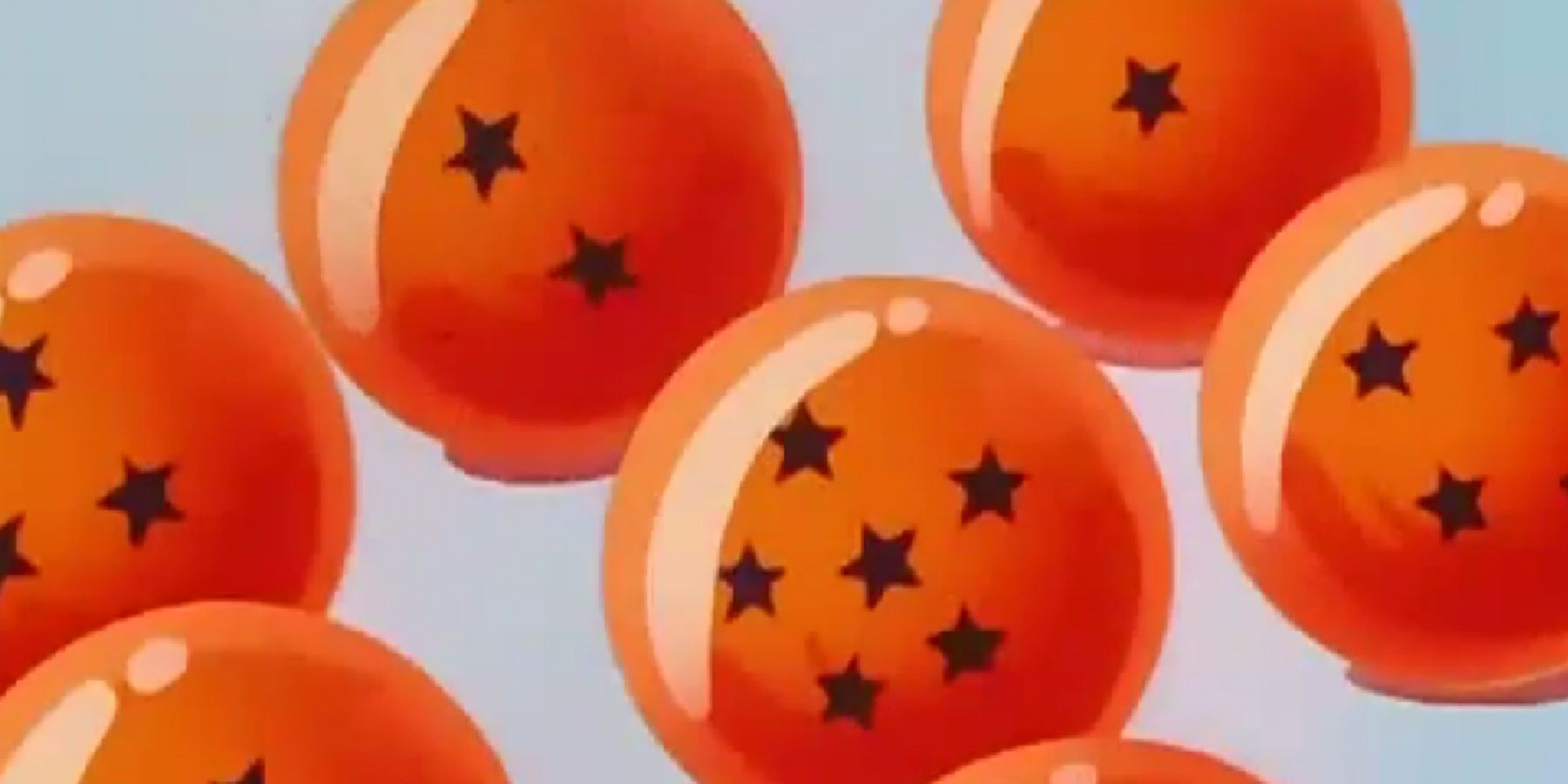
Each Dragon Ball series has a slightly different relationship with the titular wish-granting orbs, but the dynamic that’s present in Dragon Ball GT is by far the most unusual. Dragon Balls are still new and mysterious that they’re purely a reward in the original series. Dragon Ball GT is practically cynical on the subject, and it feels like it tries to evolve past the concept. The Black Star Dragon Balls actively endanger the planet and the Shadow Dragons that Goku fights are all consequences of negligent Dragon Ball wishes.
8 The Focus On Super Saiyans & Transformations
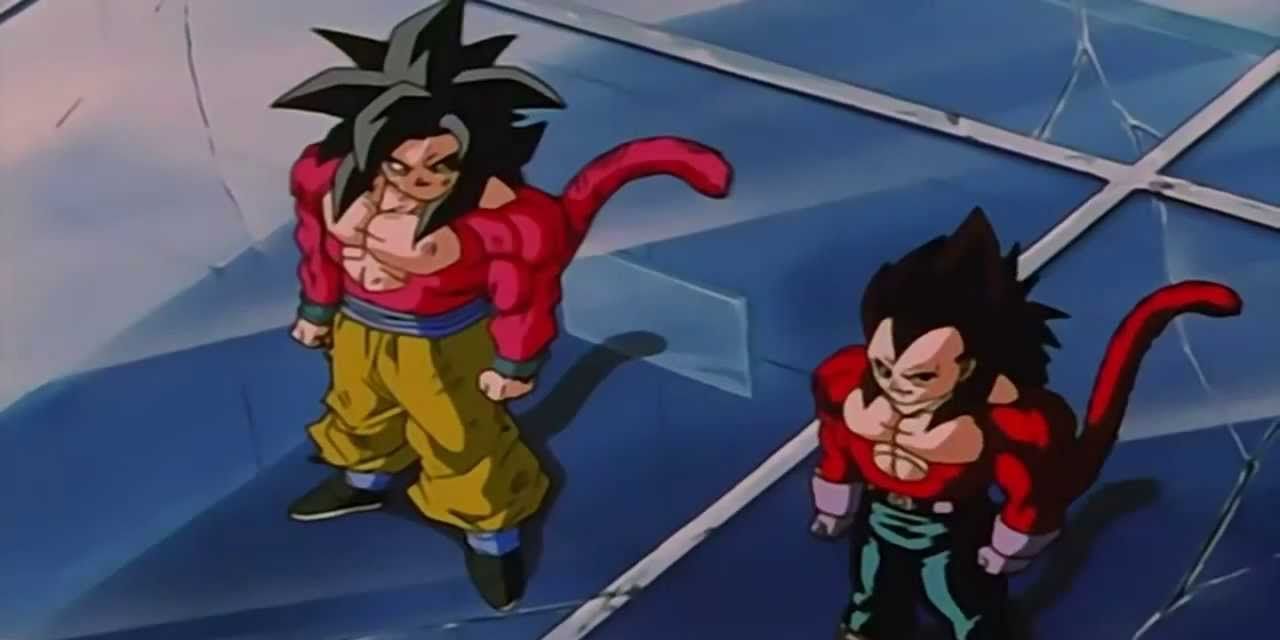
The original Dragon Ball has its share of fantastical elements, but it also attempts to ground itself in realistic martial arts and only turns to elements like flight or the Kamehameha as a grand finale.
This humble simplicity is nowhere to be found in Dragon Ball GT, and characters like Goku barely go into battle without first becoming a Super Saiyan. These transformations become the norm and the key to success in the series, right down to the debut of the radically powerful Super Saiyan 4 form.
7 It Doesn't Allow Goku To Age
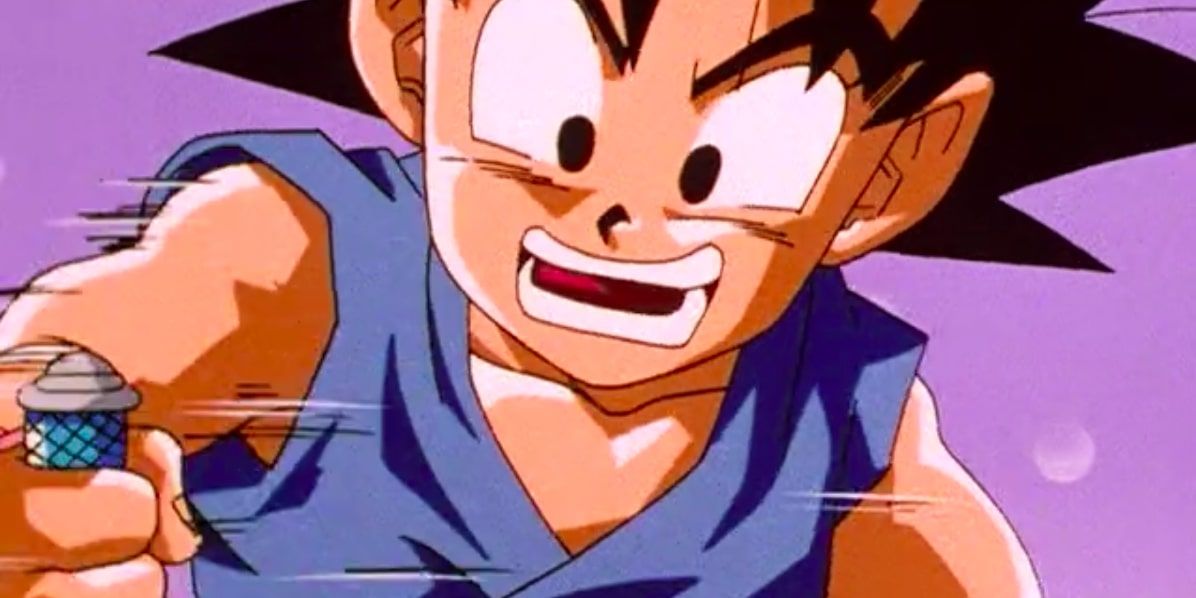
Dragon Ball GT devises curious circumstances to put Goku back in his child body specifically to throwback to the original Dragon Ball’s adventures. Dragon Ball GT Goku might look similar to his original counterpart, but this physical transformation actually represents the opposite ideal. Goku actively grows in Dragon Ball and gets to enter adulthood. Dragon Ball GT doesn’t just present an aged version of Goku, but a regressed take on the character that forces himself into a state of arrested development for the entire series.
6 Goku Is Aware Of & Embraces His Saiyan Roots
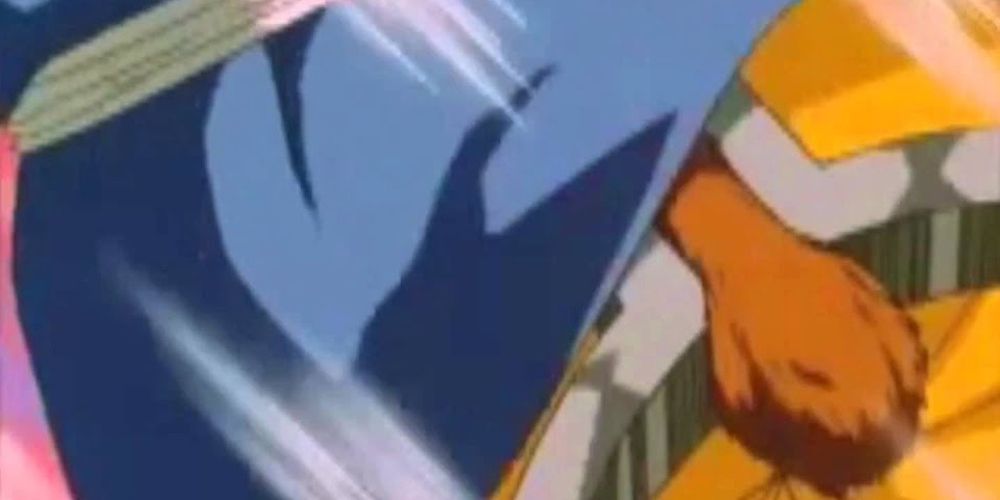
There are multiple telltale signs that Goku is a Saiyan and that he’s more special than his grandfather initially let on, but the specifics behind it weren’t yet established. Goku’s Great Ape form is prominently displayed, but the term Saiyan doesn’t appear until Dragon Ball Z. This allows Goku to go on blissfully unaware of his important root, and it makes his progress more inspirational. Dragon Ball GT doesn’t just have Goku aware of his heritage, but he explicitly turns to it to become stronger, like when he regains his tail or becomes Super Saiyan 4.
5 There Are No Tournament Arcs
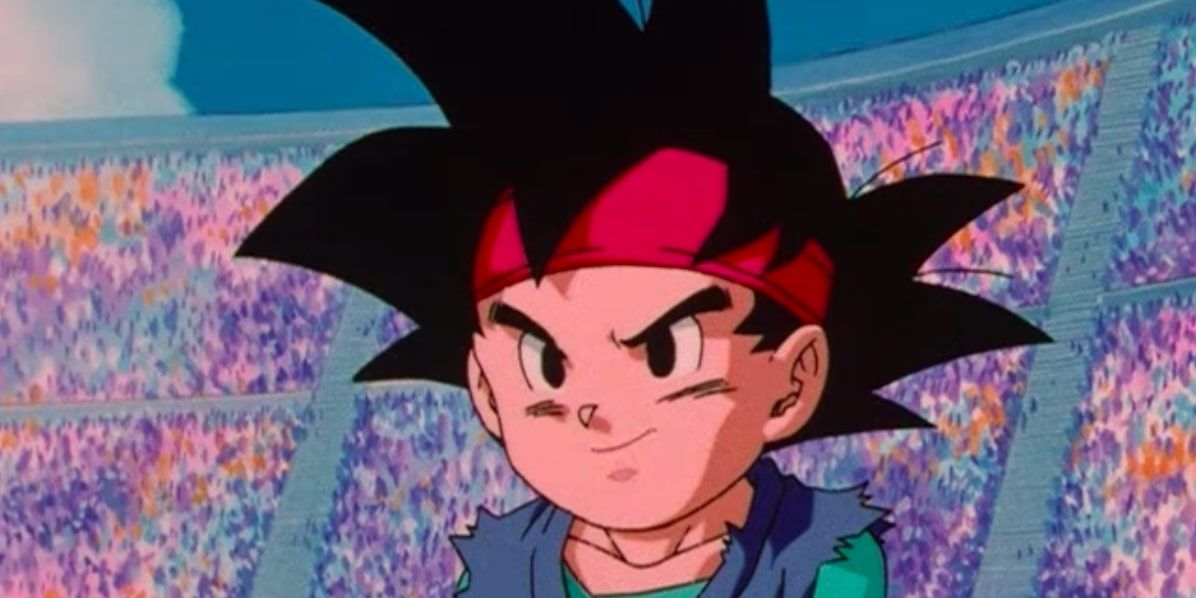
A pleasant tradition that the original Dragon Ball series kicks off is that there are tournament arcs in each iteration of Dragon Ball. At the minimum, this is expressed through the World Martial Arts Tournament, but there are usually other competitions that are also turned to, such as Dragon Ball Z’s Other World Tournament or Super’s Tournament of Power.
Dragon Ball GT is the exception here, and even though it shows glimpses of a new World Martial Arts Tournament, it’s treated like background material and not the focus. It’s a glorified cameo machine rather than a suspenseful story arc.
4 It Leaves The Earth & Mostly Features Alien Enemies
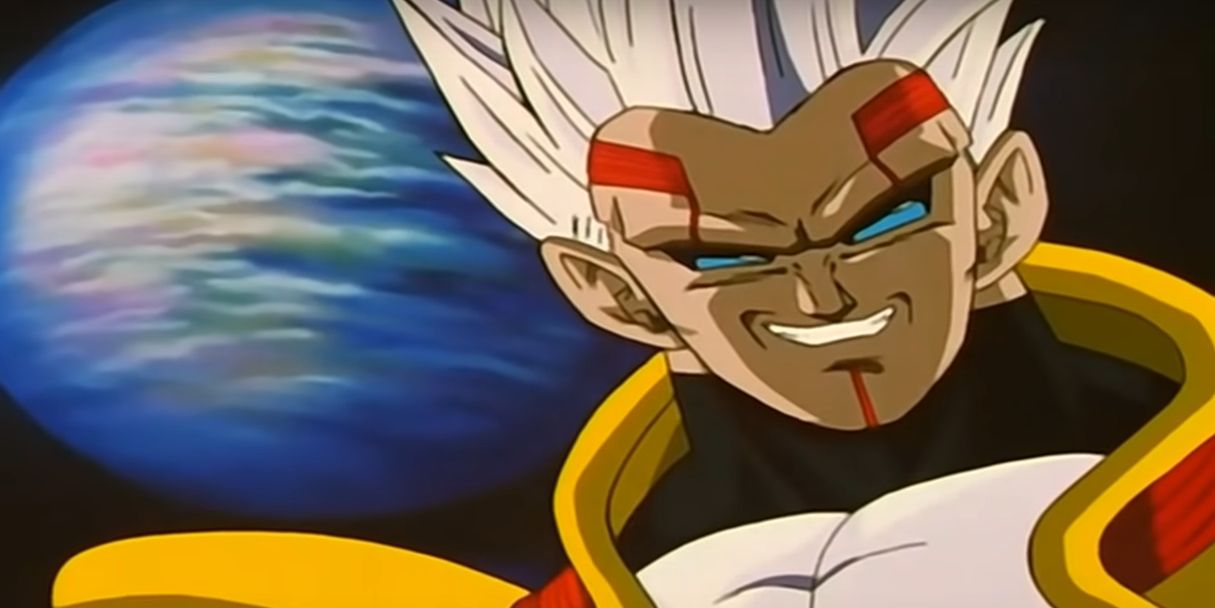
The GT in Dragon Ball GT’s name refers to the “Grand Tour” that Goku and company take across the galaxy to find the Black Star Dragon Balls. Dragon Ball GT isn’t just an anime that features space, but it’s primarily set there and even later arcs against Baby Vegeta take the heroes off of Earth. The villains in Dragon Ball GT operate on a galactic level and aren’t as personal as the battles that are present in the original Dragon Ball. The enemies in GT are almost exclusively aliens, whereas Dragon Ball doesn’t even officially admit the existence of extraterrestrials.
3 Goku's Willingness To Leave His Family
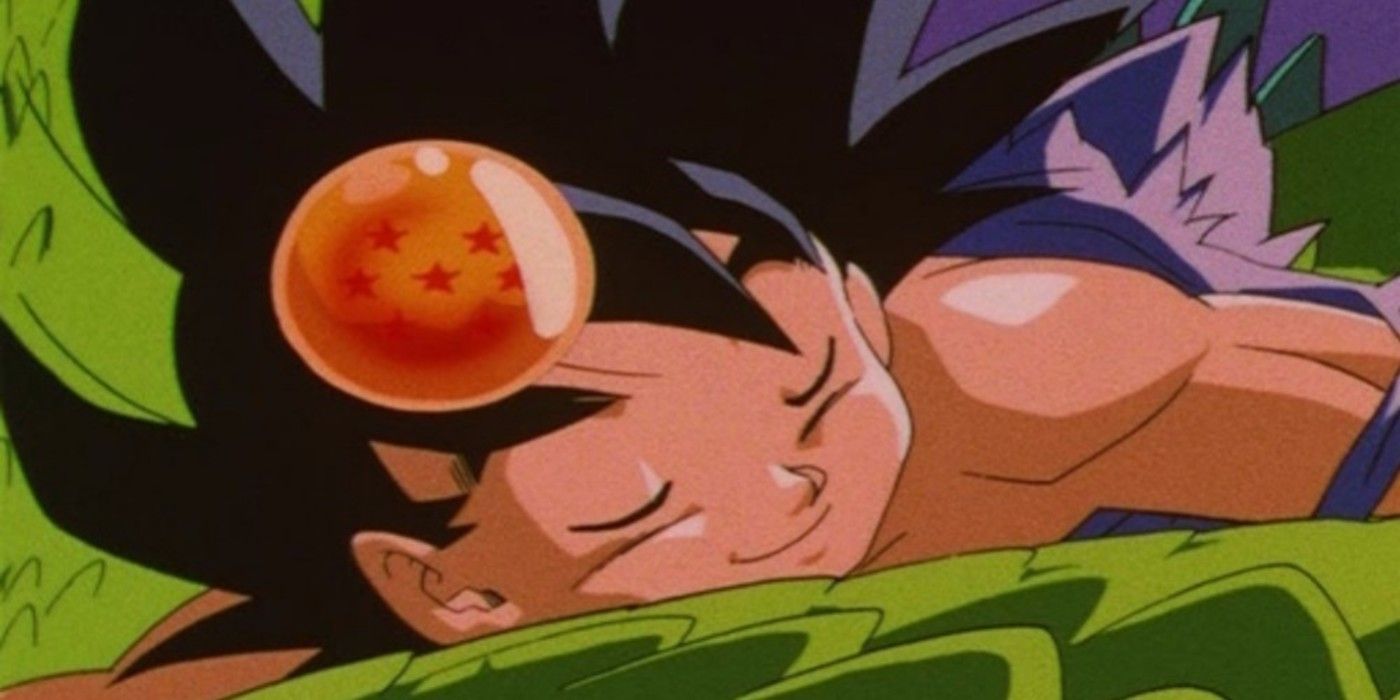
Goku is a child for the majority of Dragon Ball, but the series concludes with him entering adulthood and beginning a family with Chi-Chi. This narrative continues and by the time that Dragon Ball GT arrives Goku is a proud grandfather. However, Dragon Ball GT’s take on Goku doesn’t represent someone who’s eager to relax with his offspring. In fact, Goku on several occasions takes the opportunity to abandon his family in favor of fighting. The series begins with Uub as Goku’s prime pupil, and it concludes with him willingly leaving the world with Shenron.
2 It Emphasizes Action Over Comedy
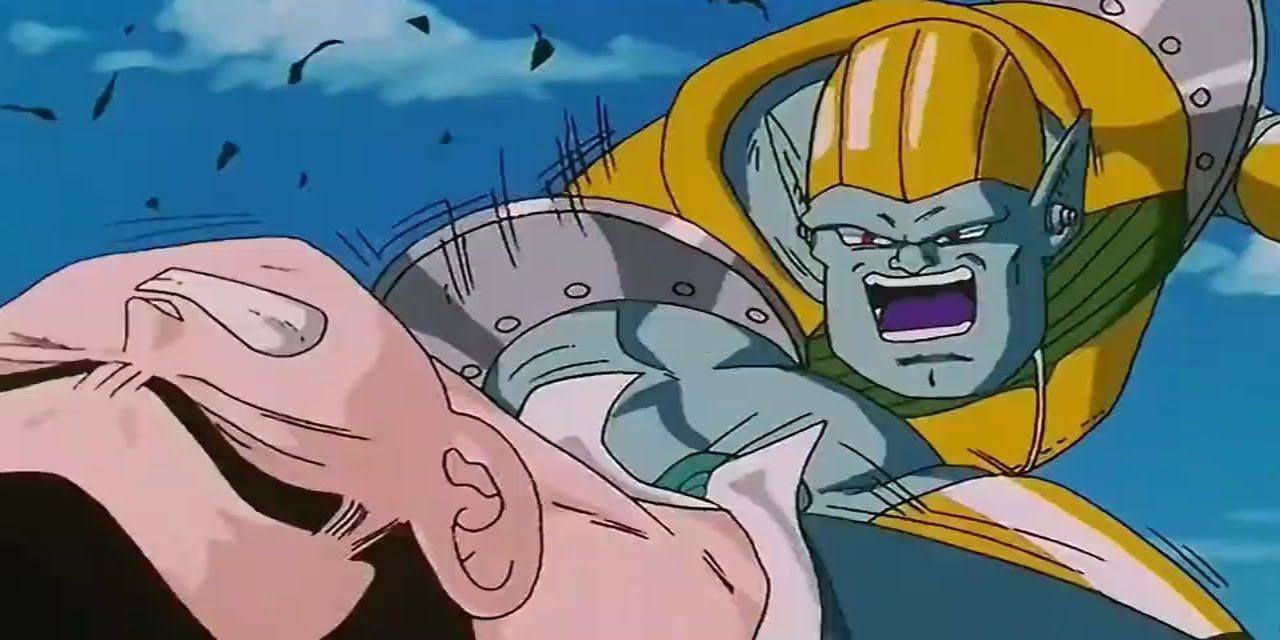
One of the biggest differences between the original Dragon Ball and the subsequent series is how comedy is approached. Comedy is present in every Dragon Ball series, but it’s dominant in so much of the original anime. It finds an appropriate balance with action, but even Dragon Ball’s final arcs are laced with some excellent humor. Dragon Ball GT attempts a lighter tone, but it quickly abandons this plan. It makes the anime’s focus on action stand out even more, especially when it’s a child-like Goku that’s doing it all.
1 The Deaths Are Less Meaningful
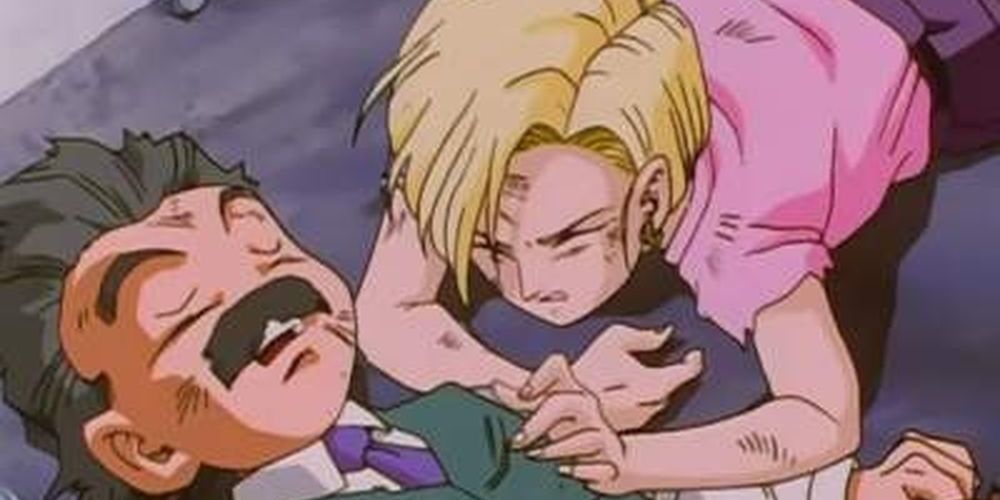
The Dragon Ball franchise has a fascinating relationship with death due to the resurrection capabilities of the Dragon Balls. This luxury gets used to excess, but back in the original series, it’s a perk that’s brand new and barely used. Every death in Dragon Ball is felt, and it signifies Goku’s journey becoming more dangerous. Dragon Ball GT features a surprising amount of casualties. Classic characters like Krillin and Piccolo meet their end, but they’re treated like afterthoughts. There’s a completely different mindset behind it, and it almost feels like some characters are past mourning.
0 Comments